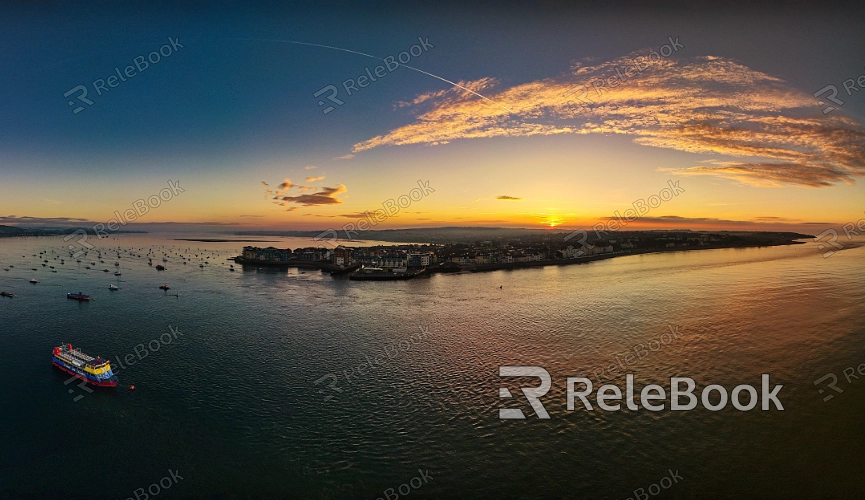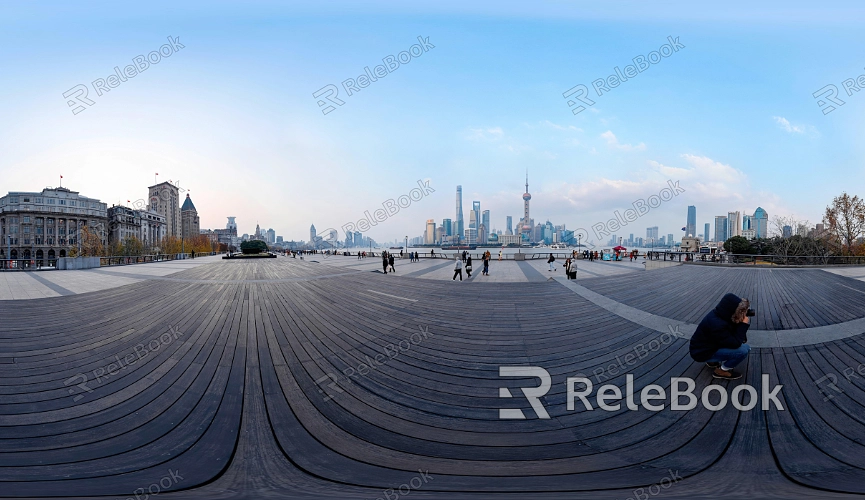Which HDR Texture Format is Compatible with Blender
In the realm of 3D modeling and rendering, HDR (High Dynamic Range) textures are crucial for achieving high-quality lighting and realistic environmental reflections. Blender, a popular open-source 3D modeling and rendering software, supports a variety of HDR texture formats. Choosing the right HDR texture format is essential for ensuring compatibility and optimizing rendering results. This article will explore the compatibility of HDR texture formats with Blender, introduce several common HDR formats and their features, and offer best practices to help designers effectively use HDR textures in Blender.

1. Overview of HDR Texture Formats
HDRI (High Dynamic Range Imaging) HDRI is one of the most widely used HDR texture formats, frequently utilized in 3D rendering. HDRI files usually come with .hdr or .exr extensions and can store more brightness information than standard images. Blender provides excellent support for .hdr formats, allowing them to be used directly in environment maps to enhance rendering realism.
OpenEXR OpenEXR is a high dynamic range image format developed by Industrial Light & Magic (ILM). It supports 16-bit and 32-bit floating-point image data, offering high dynamic range and color depth. Blender's built-in support for OpenEXR makes it an ideal choice for handling complex lighting scenarios. Blender users can create environment and lighting maps using .exr files.
Radiance HDR Radiance HDR (.hdr) is a format for storing high dynamic range images, developed by the Radiance software package. It is typically used for storing lighting environment data and reflection information. Blender can read .hdr files and use them for environmental lighting, resulting in more natural lighting effects.
2. Using HDR Textures in Blender
Environmental Lighting In Blender, HDR textures are most commonly used for environmental lighting. Designers can apply HDRI images as the background of a scene to provide realistic lighting effects. By selecting the appropriate HDRI file, various environmental lighting conditions, such as morning, dusk, or overcast, can be simulated to enhance the realism of rendered images.
Reflection and Refraction HDR textures can also be used to set up material reflections and refractions. The high dynamic range of lighting data allows material surfaces to reflect environmental details, achieving more realistic visual effects. Blender’s node editor enables users to apply HDR textures for reflection maps, enriching the surface glossiness and detail.
High-Quality Rendering Using HDR textures can significantly improve the quality of rendered images. High dynamic range data provides more lighting information, making highlights and shadows appear more natural. Blender users can optimize rendering results by adjusting the brightness and contrast of HDRI images to achieve better visual effects.

3. Choosing the Right HDR Texture Format
Compatibility and File Size When selecting an HDR texture format, compatibility and file size are key factors. While OpenEXR offers higher dynamic range and color depth, its larger file size may impact storage and processing. In contrast, .hdr files are relatively smaller and suitable for most scenarios. Choosing the right format based on project needs can streamline the workflow.
Light Data Fidelity Different HDR texture formats vary in their fidelity to light data. OpenEXR supports higher bit depths and more color information, making it suitable for projects requiring high realism. Radiance HDR, while providing basic dynamic range, may not meet the demands for extremely high precision. Selecting the appropriate format helps maintain image light quality.
Software Support Although Blender supports various HDR texture formats, ensuring format compatibility with the Blender version in use is crucial. Some older versions of Blender may not fully support certain formats, so checking Blender’s documentation and update logs before starting a project is advisable
4. Practical Tips and Recommendations
Adjusting HDR Images When using HDR textures in Blender, adjusting the image’s brightness and contrast can optimize rendering results. Blender’s node editor provides powerful features for fine-tuning HDR images, helping to achieve the best lighting effects.
Testing and Validation It’s recommended to conduct multiple tests and validations when working with HDR textures. Applying HDR textures in different rendering scenarios can ensure they perform as expected and avoid potential compatibility issues.
Keeping Updated As Blender continues to evolve, support for HDR texture formats may change. Keeping Blender and relevant plugins updated ensures access to the latest features and format support, improving workflow efficiency.
Choosing the correct HDR texture format is vital for achieving the best results in Blender’s 3D modeling and rendering. This article has explored the compatibility and applications of common formats such as HDRI, OpenEXR, and Radiance HDR and provided best practices for using HDR textures. If you’re looking for high-quality HDR images, 3D textures, SketchUp models, or 3ds Max models, Relebook is an excellent resource. Downloading textures and models from Relebook and importing them into 3D Max can significantly enhance your project’s quality.

